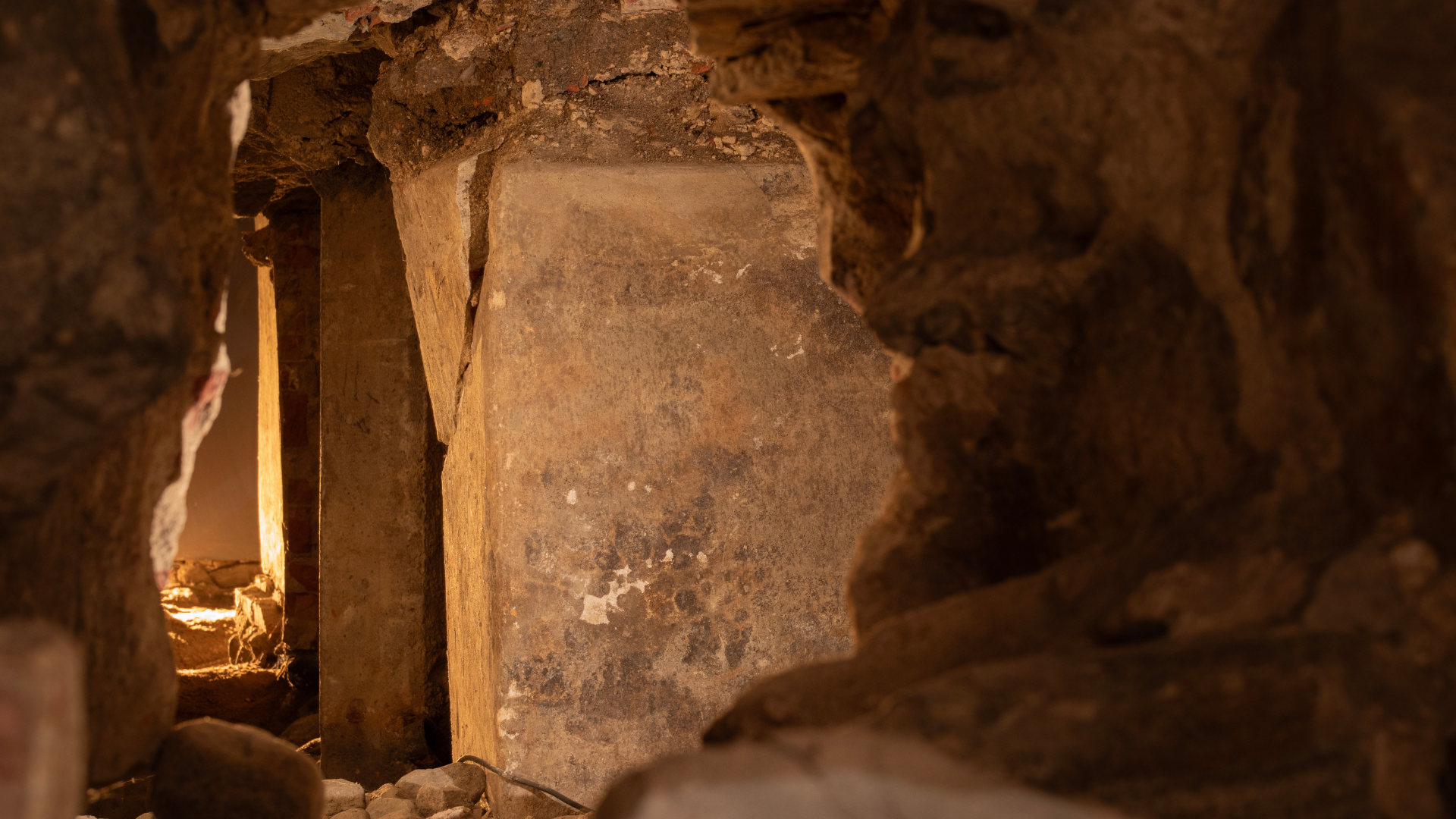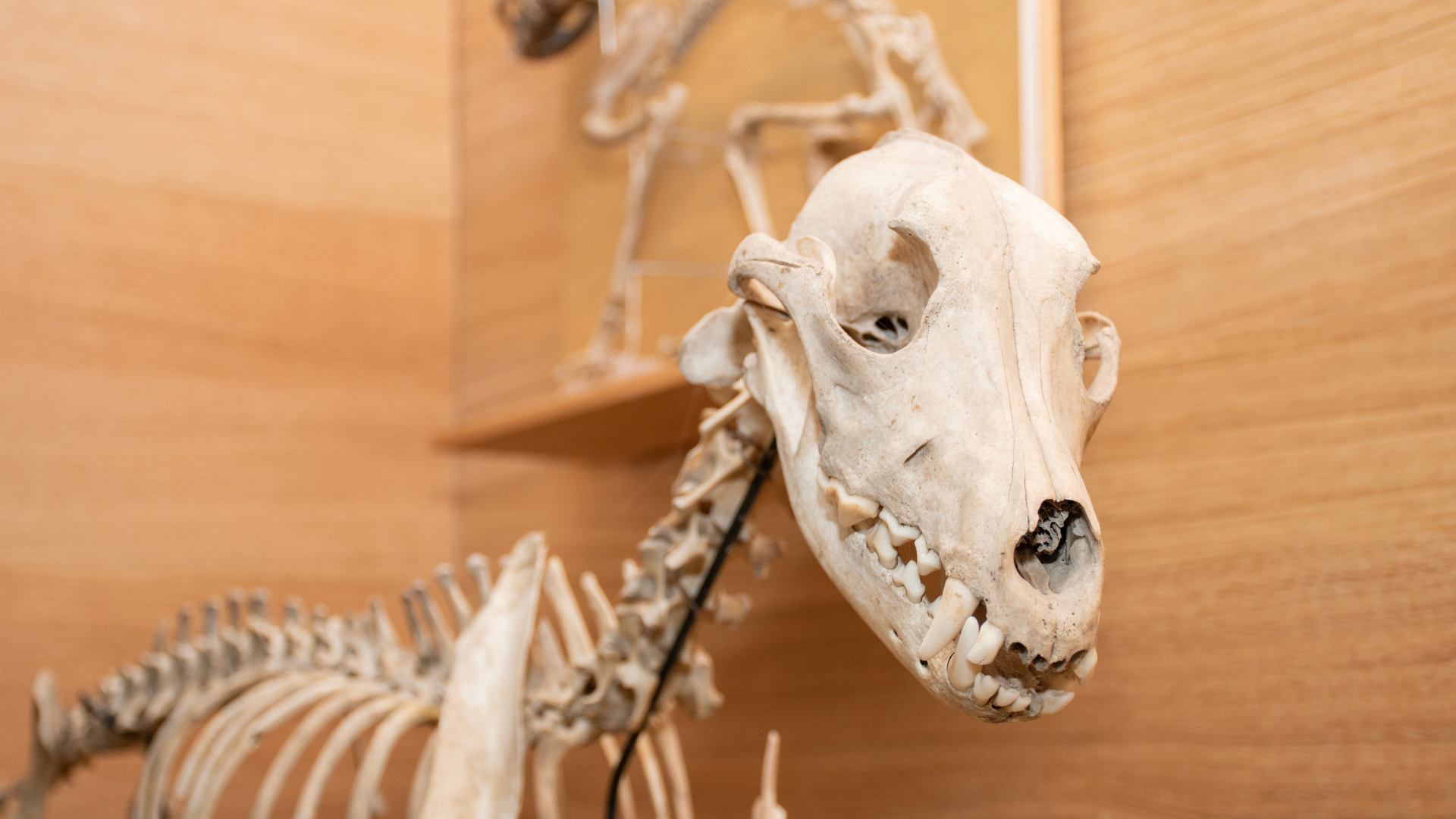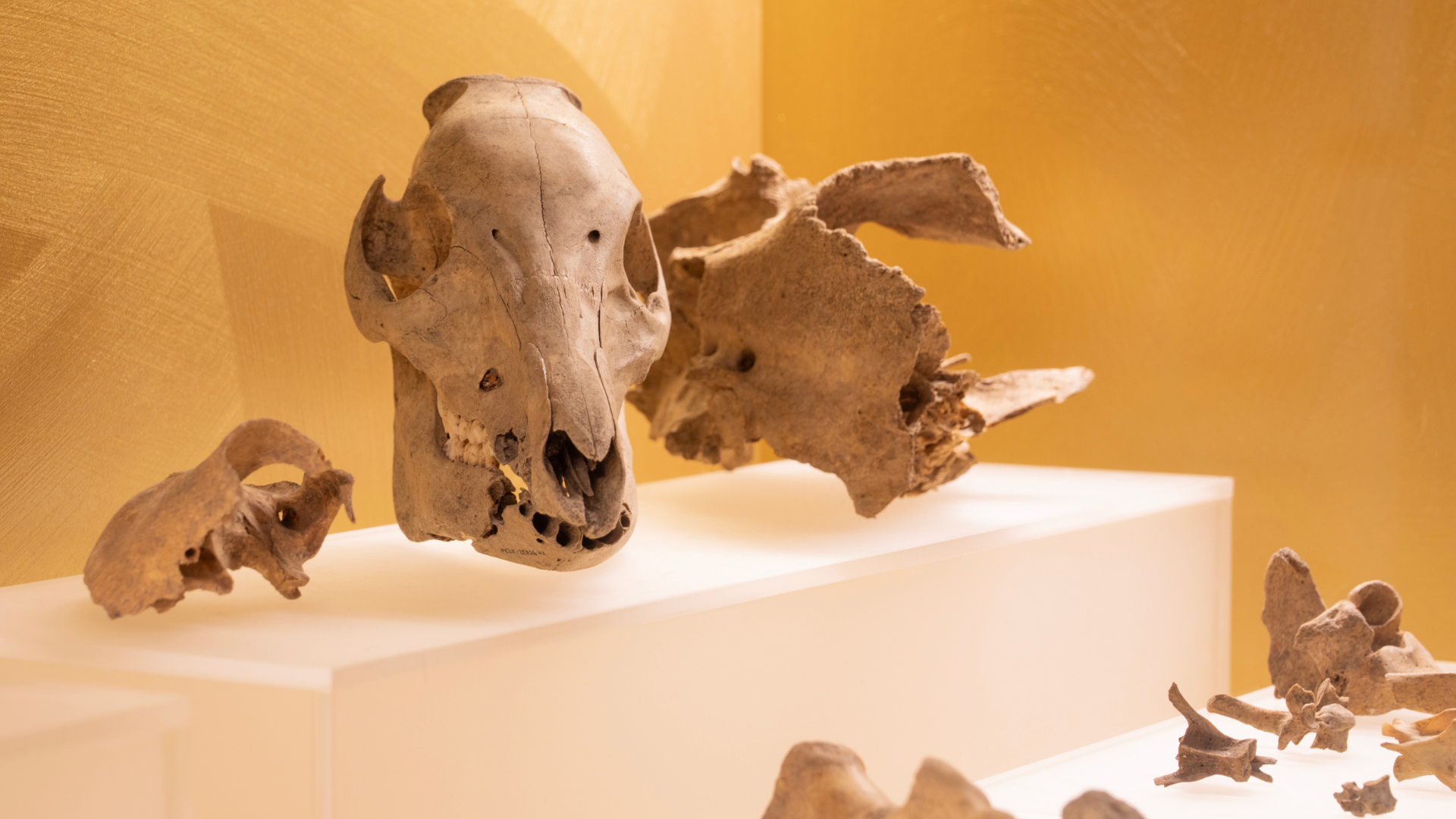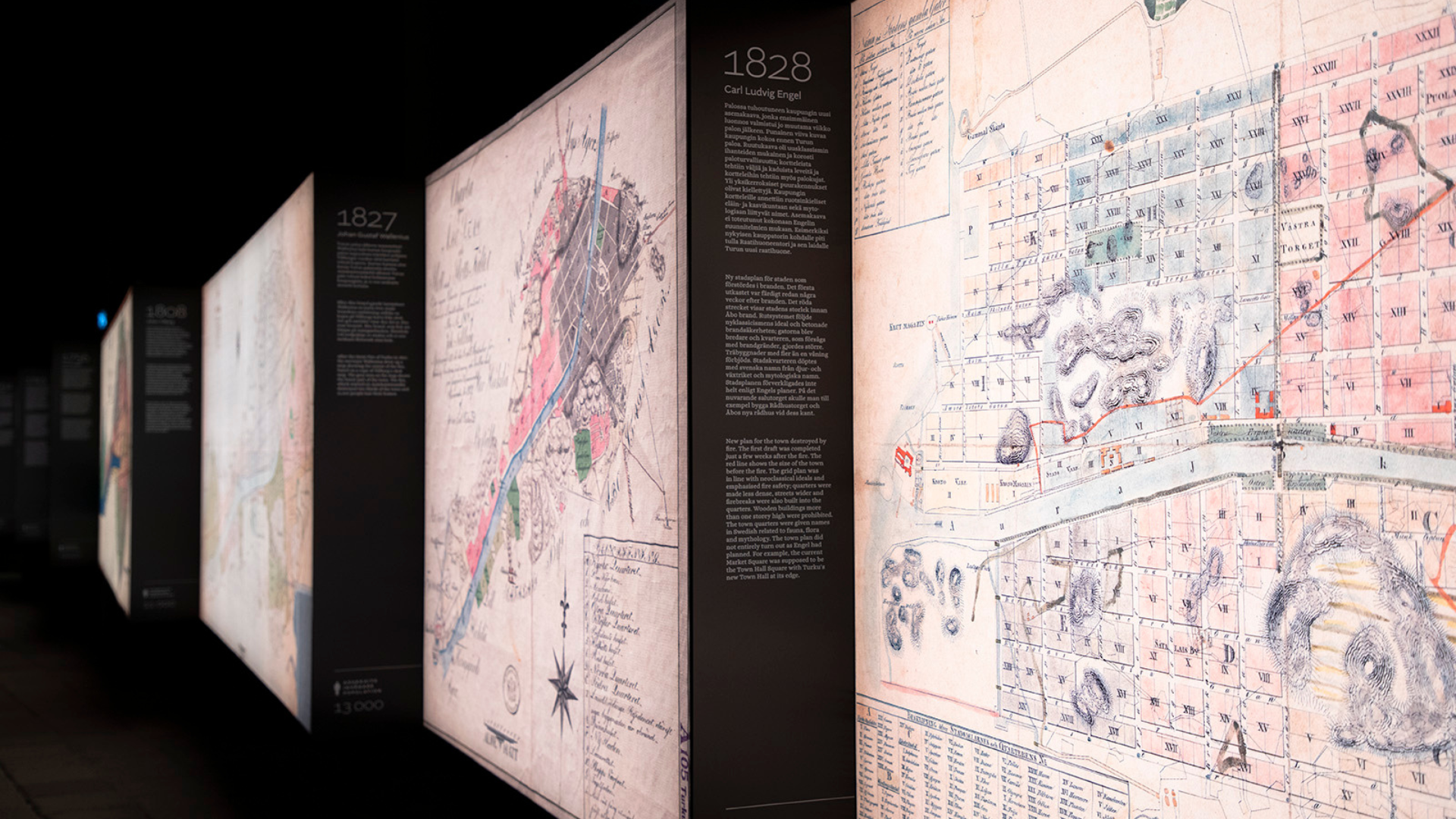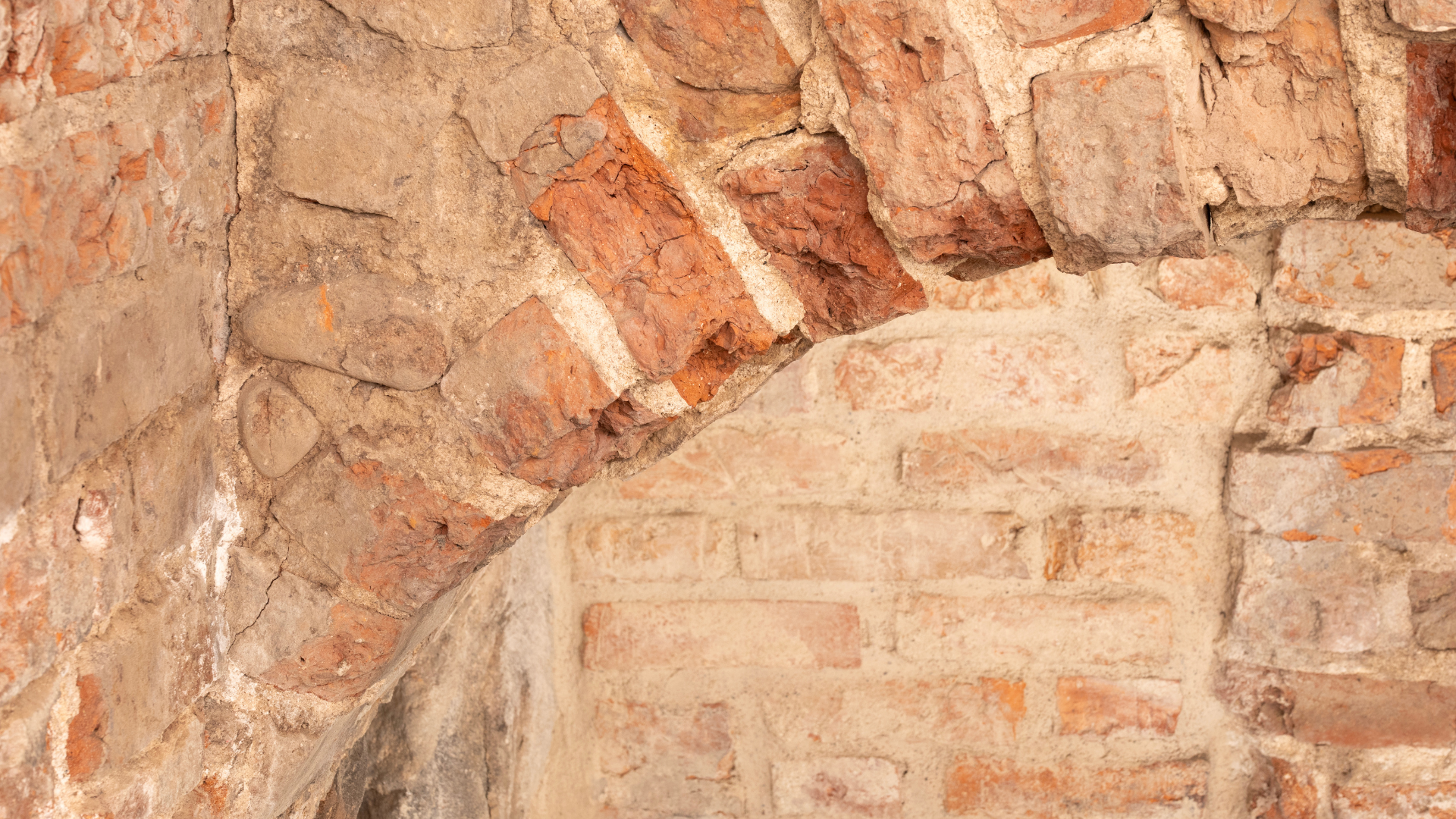Aboa Vetus, the only archaeological museum in Finland, is a town quarter discovered underground. The ruin area of Aboa Vetus includes the remains of medieval houses. The Convent Riverfront, one of medieval Turku’s main streets, still runs through the museum area today.
The story of the museum began in the 1990’s, as a result of archaeological excavations conducted on the site. The remains of the buildings were kept as they were found. Various historical layers can be seen in the ruins; these were also accepted as a natural part of the museum. The cellars of the medieval houses date back to the 14th and 15th centuries.
After the Great Fire of Turku in 1827, most of the city had to be rebuilt, and the ruins of the medieval city were buried underground. Around the turn of the 20th century, a spa called the Aura bathhouse operated on the plot. In 1928 the bathhouse was replaced with the Rettig palace, a prominent family home constructed by a tobacco manufacturer, Hans von Rettig. The palace building’s premises have served as the museum of history and contemporary art, Aboa Vetus & Ars Nova since 1995.
A grand stone-built quarter
Medieval Turku was divided into four districts. Aboa Vetus is located in one of the quarters. Turku was the second largest city in the realm of Sweden, and a lively center of trade, religion and administration. The district discovered in the excavation area of Aboa Vetus was known as the Convent Quarter; home of wealthy merchants and craftsmen who built grand houses of stone and bricks. Items found in the museum’s excavations, such as pieces of ceramics belonging to tiled stoves, splinters of expensive glass or a lost gold ring, are signs of luxury only accessible to few.
Play, participate, discover!
With younger visitors in mind, activity areas have been placed in the exhibition. The archaeological exhibition also allows the visitor to identify the animal bone findings of the area.
The archaeological exhibition is renewed
The renewed exhibition tells about urban history and the history of urban culture from the perspective of archaeology. Welcome to visit!
